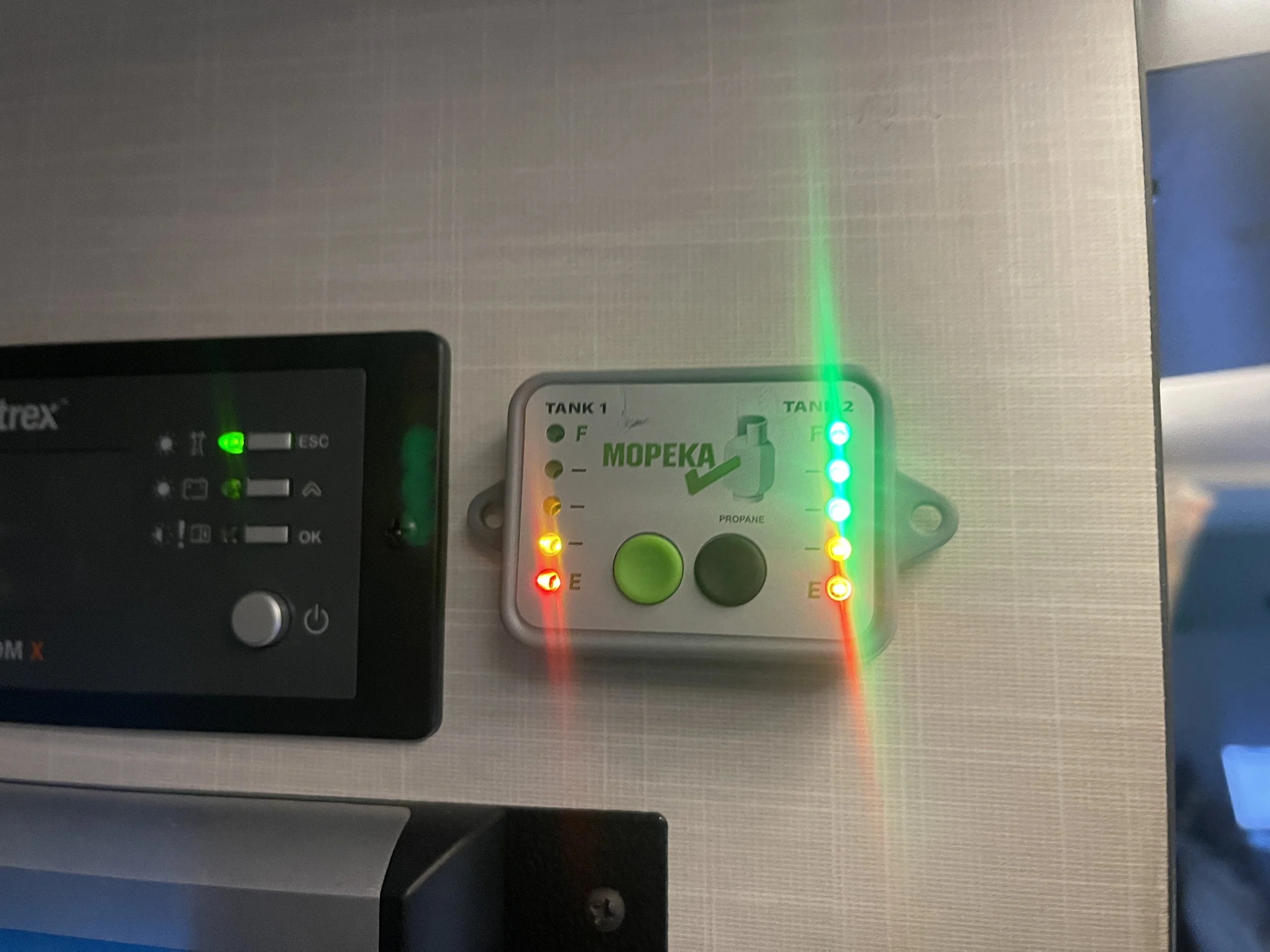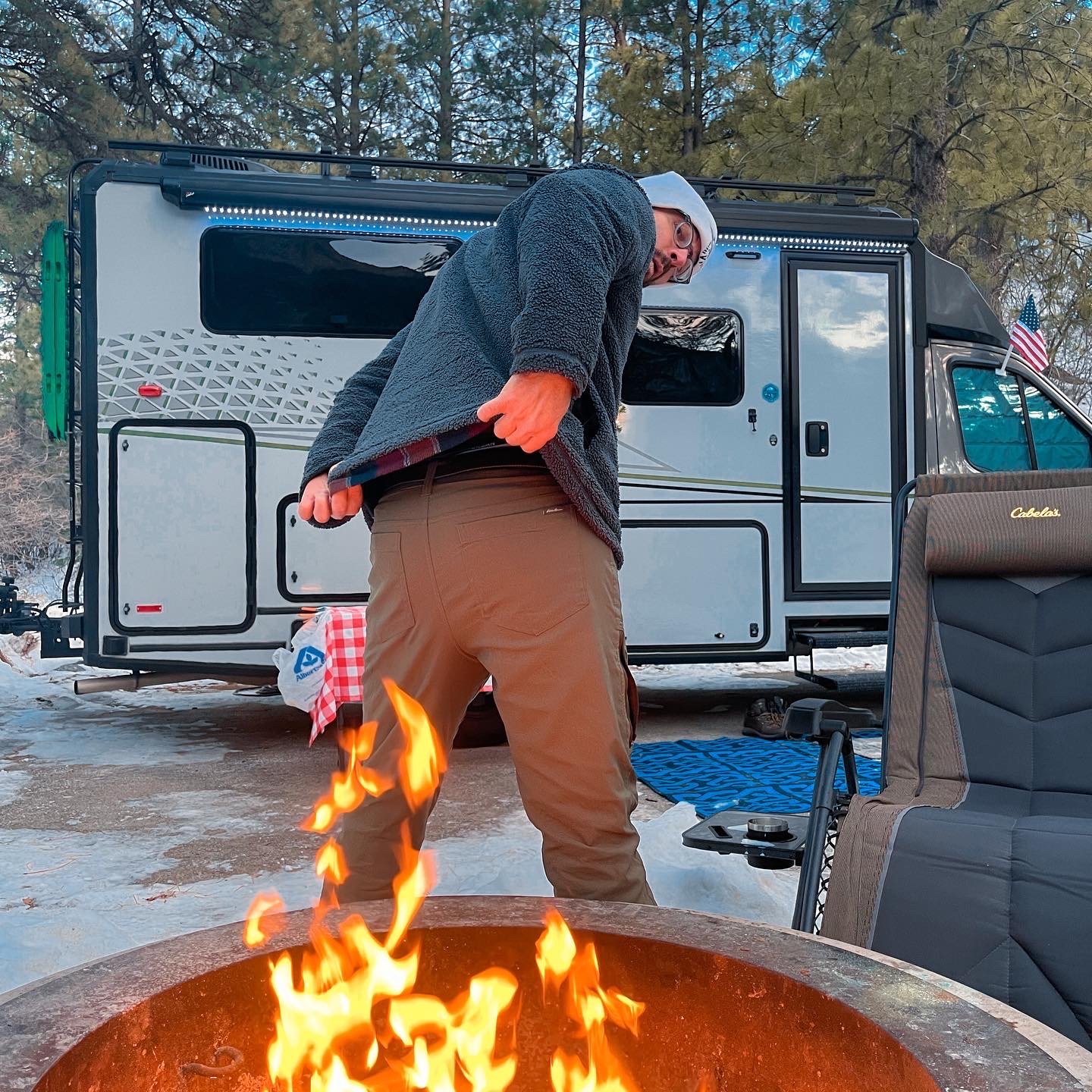There are a ton of videos online about essential RV products you must purchase to better enjoy RV life. We, like you, watched these videos before we started RV life and purchased a lot of RV products and accessories based on those recommendations.
We're sharing what RV products NOT to buy based on experience living in our RV. What have been our worst RV product purchases, things you don't need, and products that may just end up being a waste of your money.
1. Traditional Dishware
Don’t get Glass, ceramic dishware. One of the first things we learned is that traditional glass or ceramic dishware is a bad idea for RV life. They are prone to break easily, and the vibrations and movements while driving can result in a mess.
Instead, opt for re-usable plastic plates. They are lightweight, durable, and won't shatter during your travels. Tin or stainless steel tumblers are also great options for avoiding breakage. Some o
2. RV Toilet Paper
a. You do not need RV or marine safe toilet paper
RV-specific toilet paper may be marketed as a must-have, but it's a waste of money. You'll pay double for half the product.
b. Buy "septic safe" toilet paper and use a lot of water
Instead, choose "septic safe" toilet paper available at most stores, and use plenty of water when flushing to prevent clogs.
3. Holding Tank Sensor Cleaners
a. Holding tank sensor cleaners don't work well
Don't waste your money on holding tank sensor cleaners. In our experience, these products don't do the job, and sensors are constantly malfunctioning.
4. Propane Stovetops inside the RV
We don’t use it. Many RVs come with built-in propane stovetops, but we rarely use ours. They can be a hassle to clean, and the heat can make the interior uncomfortably warm.
We immediately bought a portable induction oven. Consider investing in a portable induction oven for cooking inside your RV. They are more efficient and easier to manage.
5. Power RV awning, with little support
We almost never use ours. Power RV awnings may sound convenient, but they often come with reliability issues. Our awning has gotten stuck before, and we worry about wind damage.
6. WIFI booster
RV resort wifi is often not very good anyway. Don't be tempted by RV WIFI boosters. RV resort wifi is often unreliable, even with a booster. Instead, invest in a cell booster like a WeBoost Reach or consider Starlink service for remote locations.
7. Blue-Ray device
Some RV packages still offer Blu-Ray devices. Believe it or not, some RV packages still include Blu-Ray devices. However, these are generally a waste of space. We have one in our rig that we never use. If you want better entertainment options, consider a sound bar instead.
8. Cheap portable vacuum cleaner
Cheap vacuum cleaners are terrible waste of money. They often have poor suction, break easily, and have short battery life. Given that RVs can get quite dusty, invest in a high-quality vacuum cleaner that can withstand the road.
9. Cheap foldable broom
Similar to the vacuum cleaner. Don't make the mistake we did by buying a cheap, foldable broom. They are awkward to use and break quickly. A good quality broom is a necessity when you're on the road.
10. Cheap holding tank treatments
Lots of cheap ones don't do a good job. Cheap holding tank treatments can lead to nasty odors and may contain harmful chemicals. Look for well-regarded options like Happy Campers and Unique RV for more effective and eco-friendly solutions.
11. Cheap fresh water hose
Cheap white plastic hoses don't store well. Avoid cheap white plastic water hoses, as they don't store well and are bulky. Opt for a Zero-G style hose instead, which is more flexible and easier to manage.
12. Cheap sewer hose
Invest in a quality one. Don't skimp on your sewer hose. Investing in a quality hose will save you from worrying about cracks and leaks. Camco Rhino hoses are popular and reliable options.
13. Non-adjustable water pressure regulator
Can't control the actual pressure. If you're buying a water pressure regulator, make sure it's adjustable. Non-adjustable regulators don't allow you to control the pressure, which can lead to issues.
14. Laundry in rig
Don't need a washer and dryer in your rig. While the idea of having a washer and dryer in your RV may sound convenient, it's not necessary. Most RV parks have laundry facilities, and it's often more efficient and cost-effective to use them.
Let’s talk quickly about those RV washers & dryers. They use a ton of water. Pretty small capacity. They generally take a lot of time. Not to mention, they are way more expensive than you might think
15. Overstocking your maintenance and hook-up supplies
Extra Water hoses, & filters, extra sewer lines, etc. Avoid overstocking your RV with backup supplies. You don't need to use up valuable space on items you may never use.
We had way too much extra backup things when we first started traveling.
We learned this lesson the hard way and we ended up never using most of them. It's better to have just what you need on hand.















